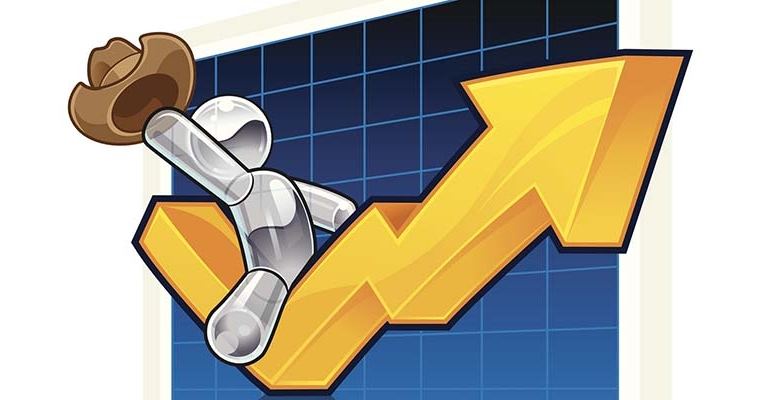Travlr
Well-known member
That's an interesting article. There was a European business model where they were sending second calf cows to slaughter because the carcasses were considered high enough quality that they still commanded a premium. So a similar idea as in the article, just more aligned with meat quality than the sale price of cows at a certain age.Found it. Interesting read.

How long should you keep a cow?
Rethinking the value of your herd females can have a significant impact on your profit picturewww.beefmagazine.com
And one of the things in the article was, "Another thing to note is that by reducing the number of larger mature cows and keeping the smaller younger replacement heifers they increased the number of animals they could run on that ranch.", which doesn't really wash with me. Selling a productive cow to keep a heifer doesn't pencil out. Sure the cow is bigger and will eat more, but it will produce two calves in the time it takes the heifer to throw a calf. Carrying a heifer for two years before getting a calf on the ground while the cow will put two on the ground means you are feeding the heifer for an extra year and difference in the size of the animals being fed is a wash in my opinion.
On the other hand I think there is a valid point when they say, "A five year old bred-cow is the most over-valued female. Let's say she is worth $1,500. This operation culls their cows at age ten, and cull cows are worth $900. That's a difference of $600. Divide that by five years and we get $120 per year. That $120 depreciation expense is charged to each calf she produces after the age of five." There again, you are weighing the cost of raising an unproductive replacement heifer for two years and I see that as a form of depreciation too. There is certainly a cost involved.
In fact that's why I bought old cows that were being culled for age. I was getting a bargain on superior animals because they were seen as less value... yet they had performance behind them and could be expected to produce similarly performance oriented heifers. And when it was time to be culled they were still worth what I paid for them to begin with, adjusting for market fluctuations. The amount I paid for older cows and what I sold them for averaged pretty close. In the meantime I was getting 1, 2, and even 3 calves from some of them.
I can see where if I was only producing calves for the market I would be tempted to sell cows at five. The numbers might make it attractive. But as someone that sold replacement heifers I wasn't selling longevity as much as I was selling fertility and dependability. The heifers produced from older cows that had lasted and been productive for ten+ years were more likely to breed and raise efficient calves... and not be culled early. Were they also more likely to live longer while they were breeding and raising calves? Absolutely. But the guys I sold to were still culling their cows at ages where I would buy them to produce replacement heifers which they would buy... because the heifers were from proven producers regardless of their age. But a cow can't be a proven producer unless they get to that age that proves they are productive.
The reason a five year old cow is over-valued is because the market sees her as having the potential to last and be productive. If everyone culls at five and no cows over that age are used to produce replacement heifers then the curve goes down on fertility and ability to raise a calf. The percentage of early culls goes up.
But they do make a great point about the numbers on over-valued cows.
